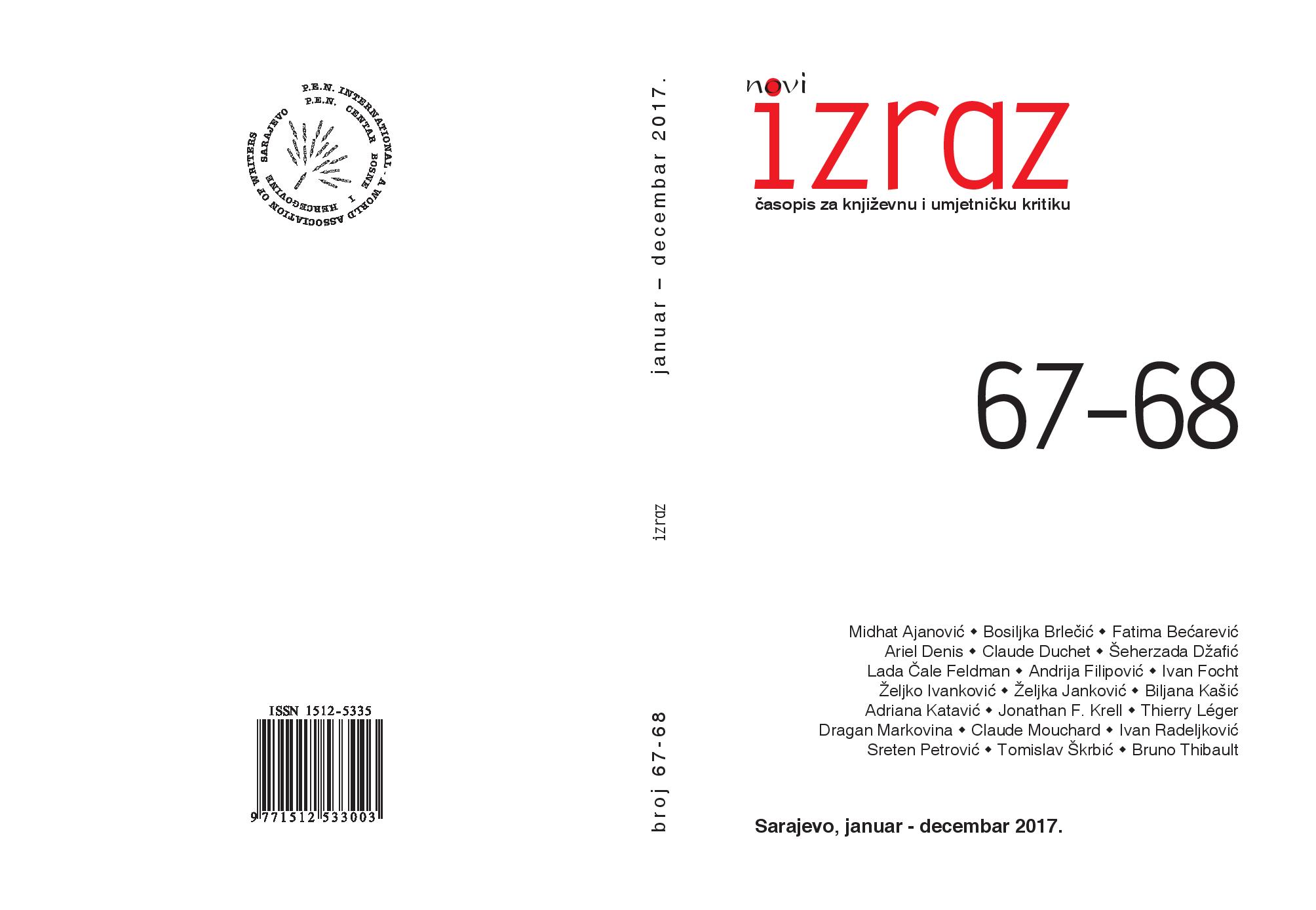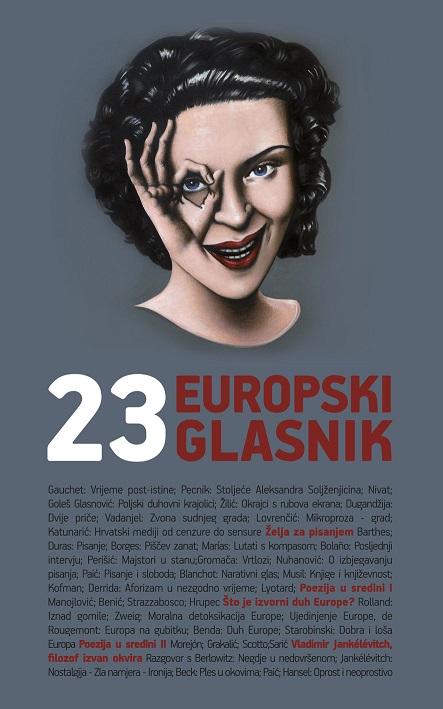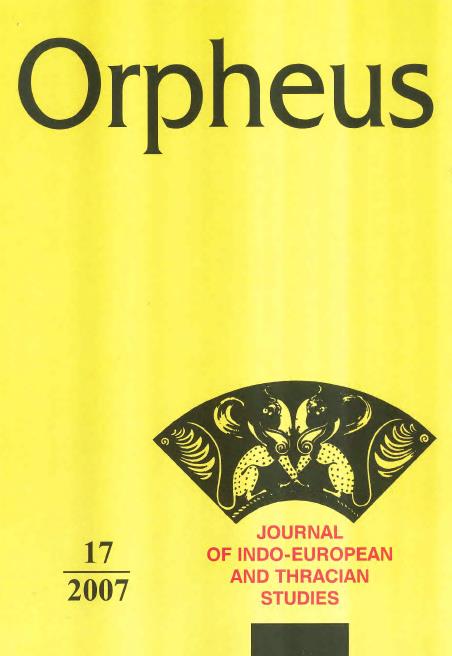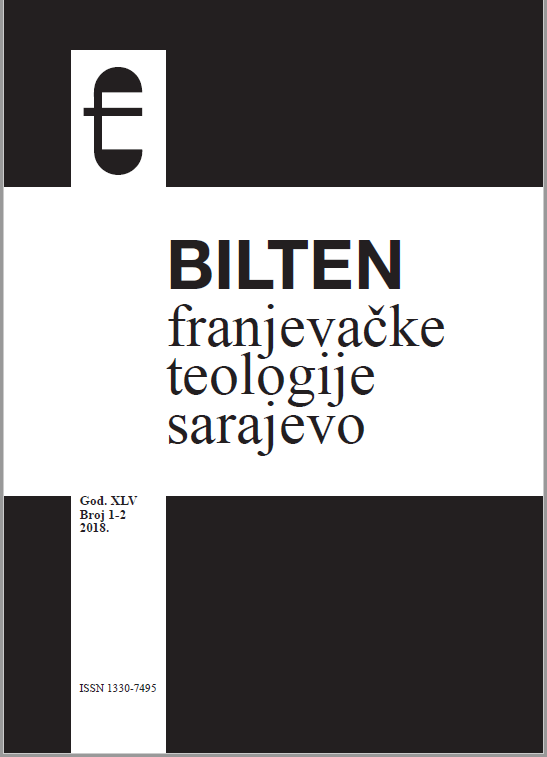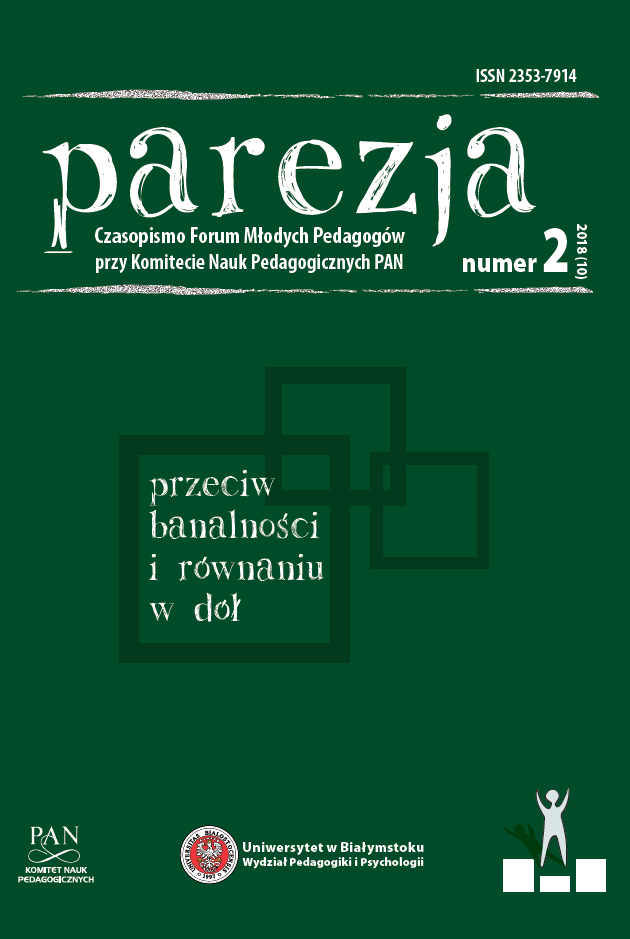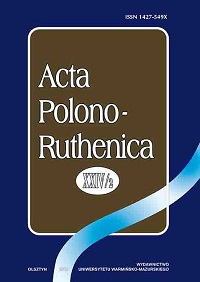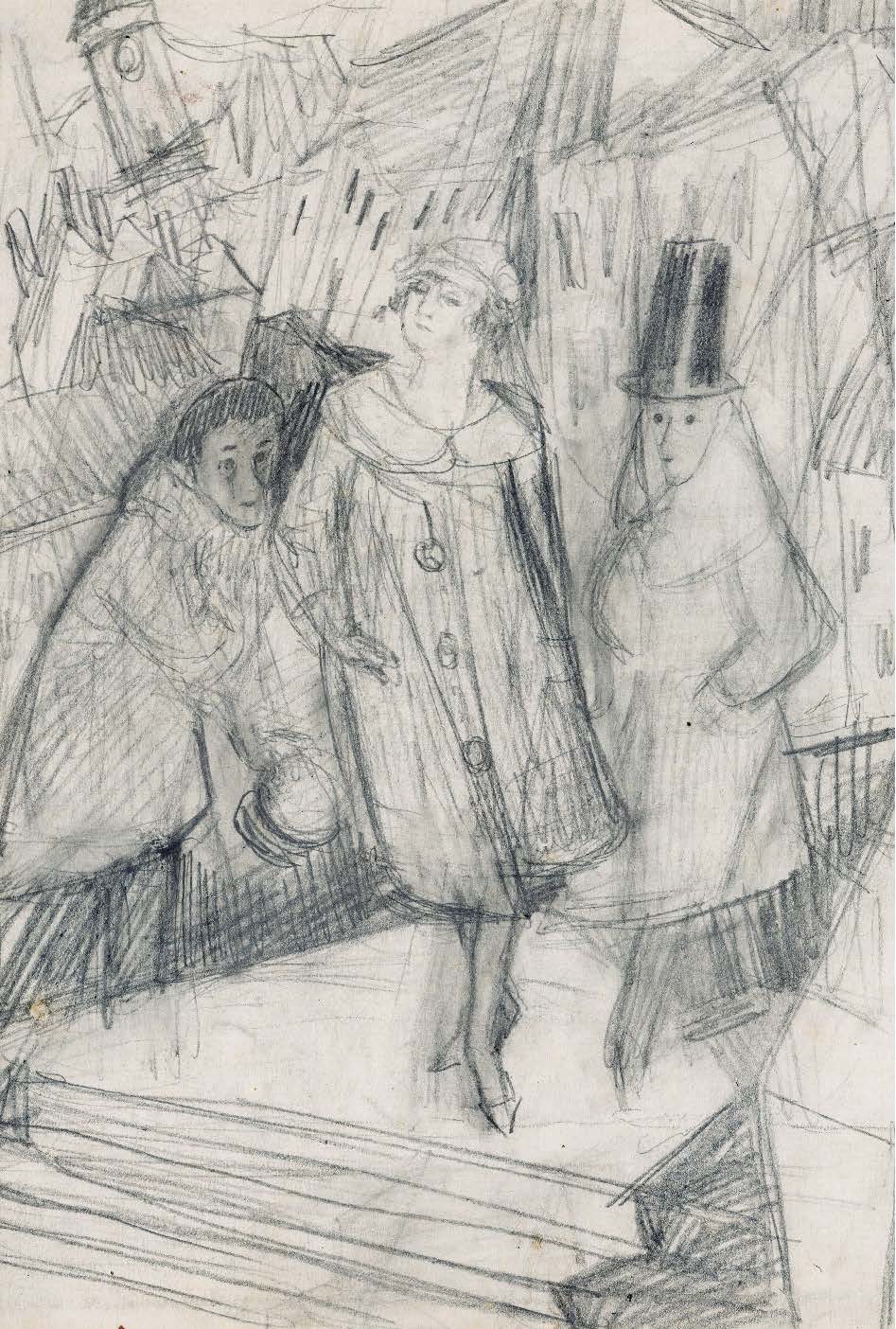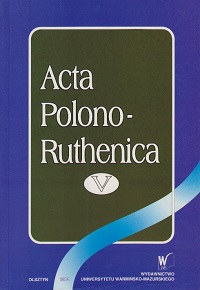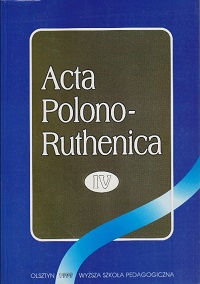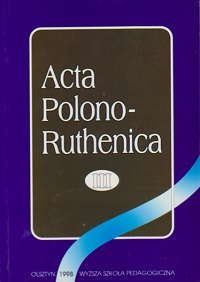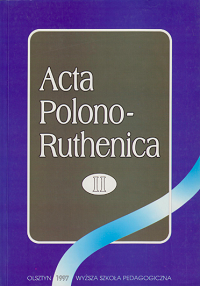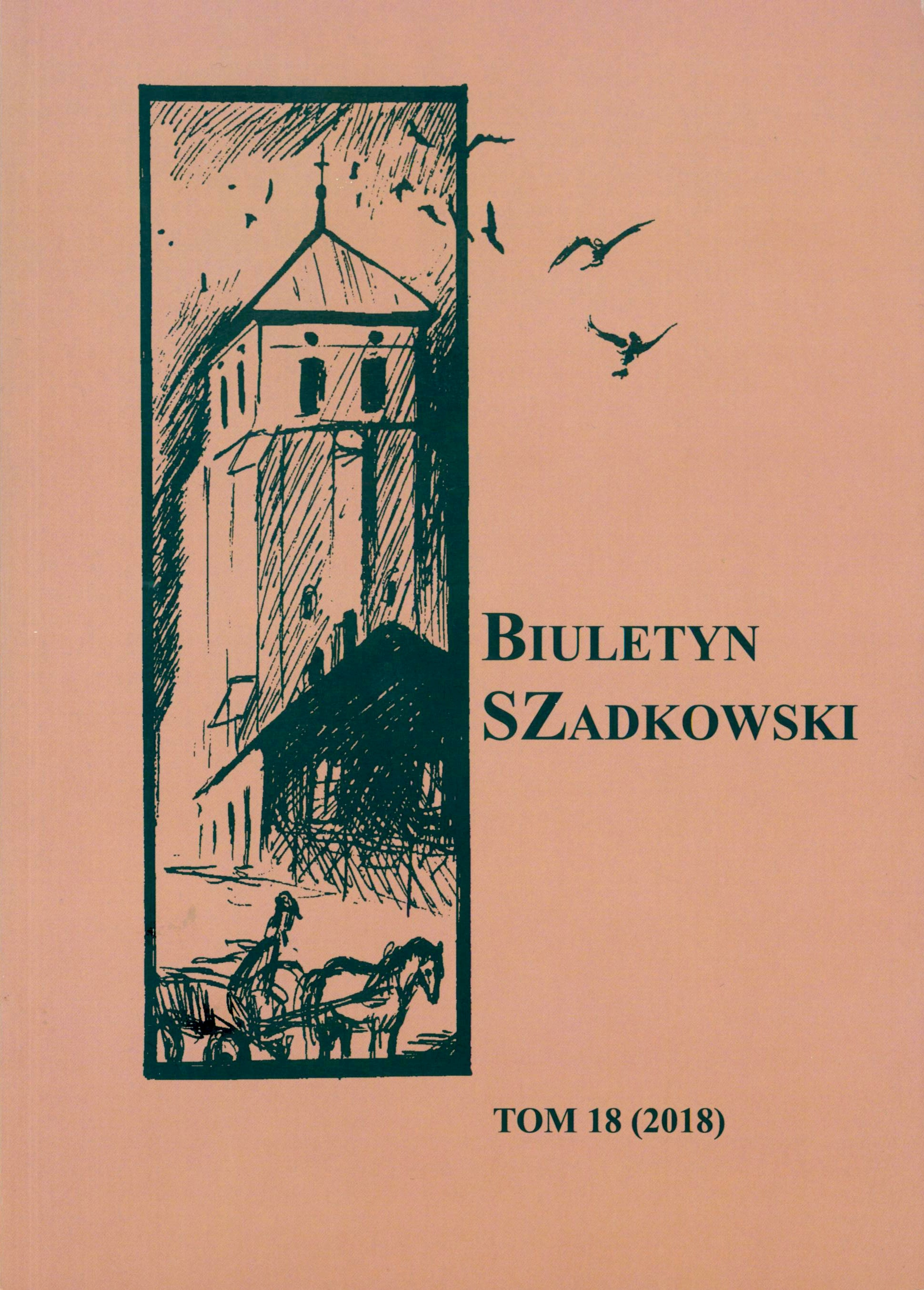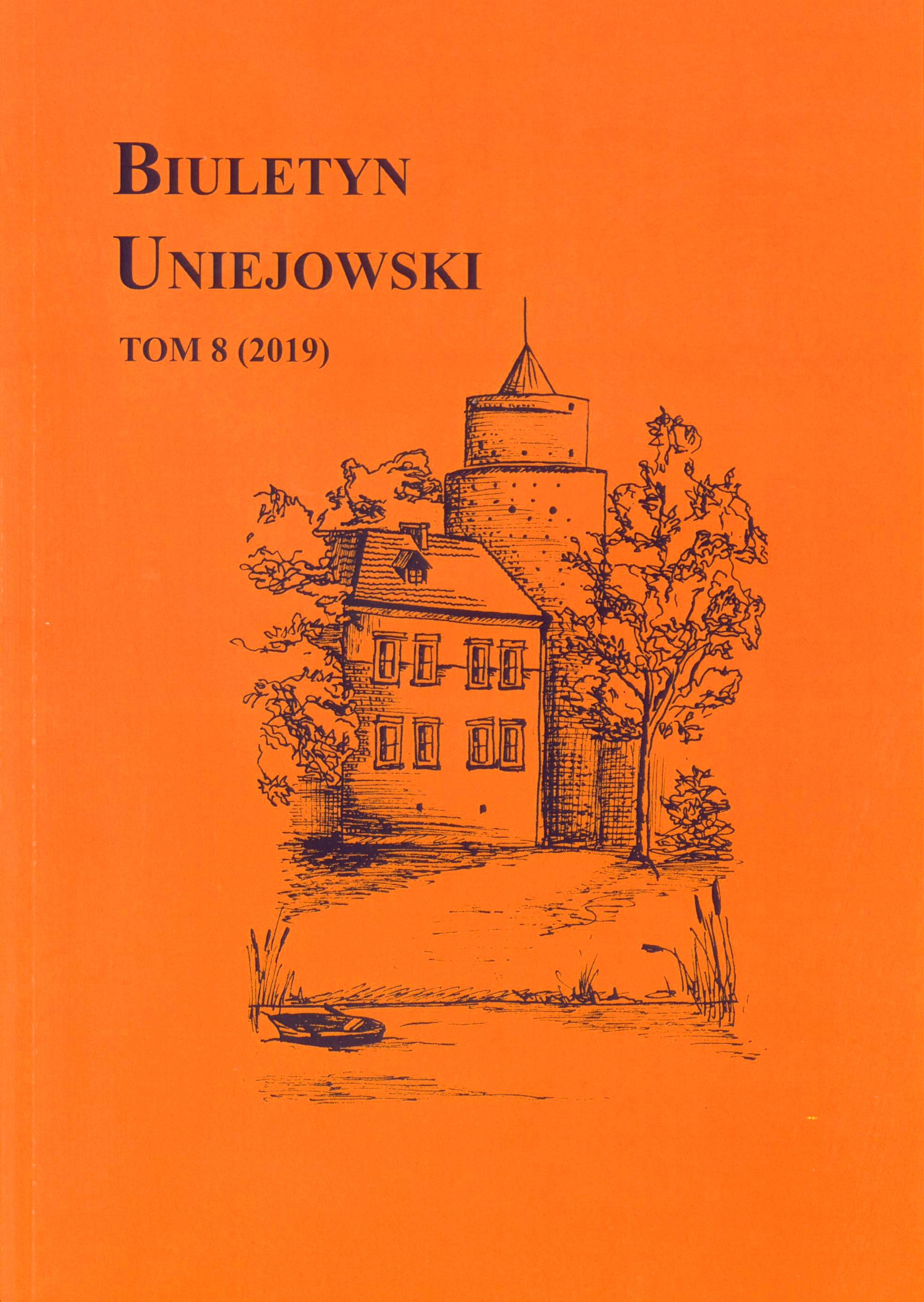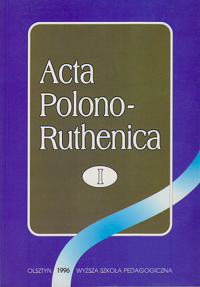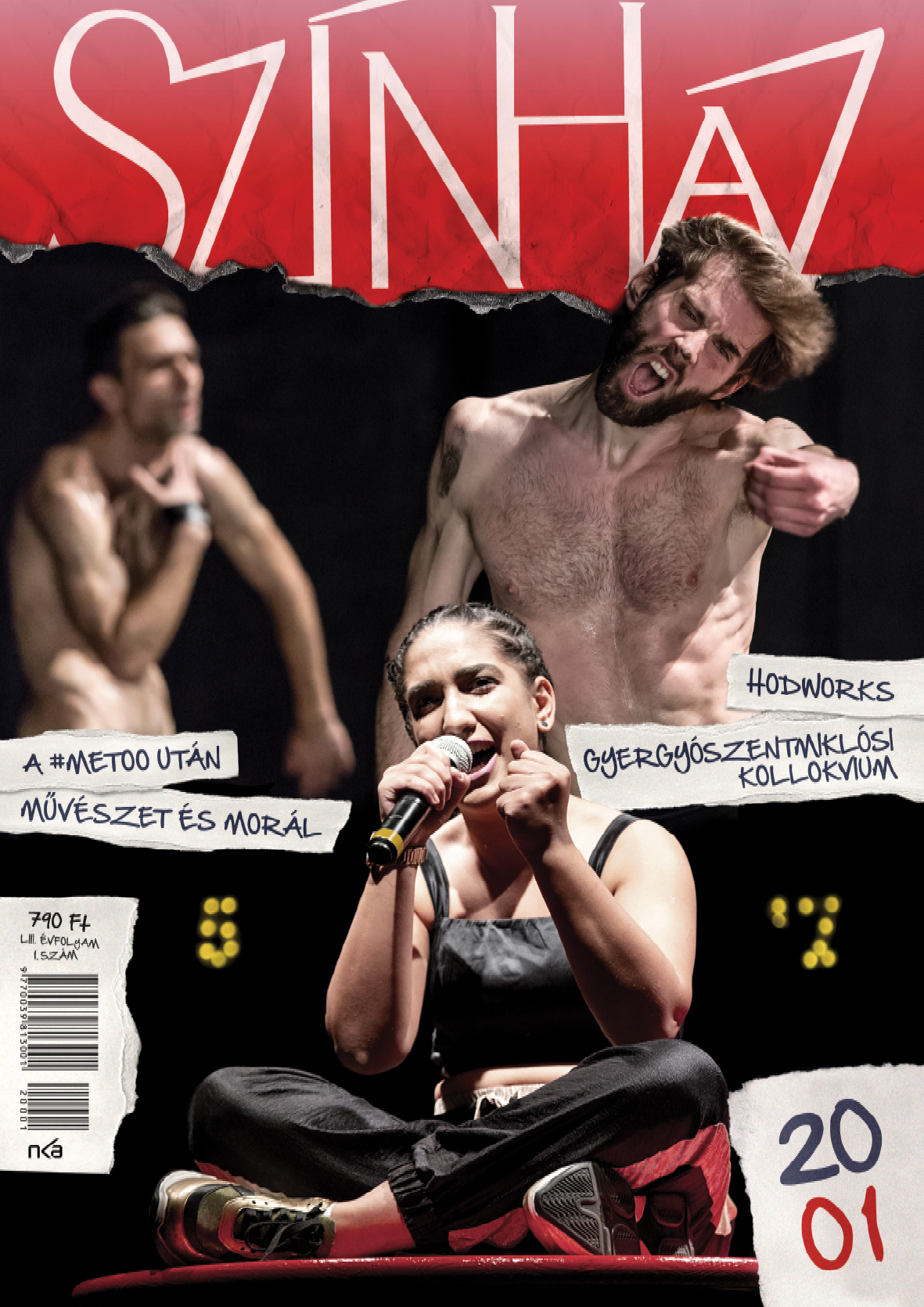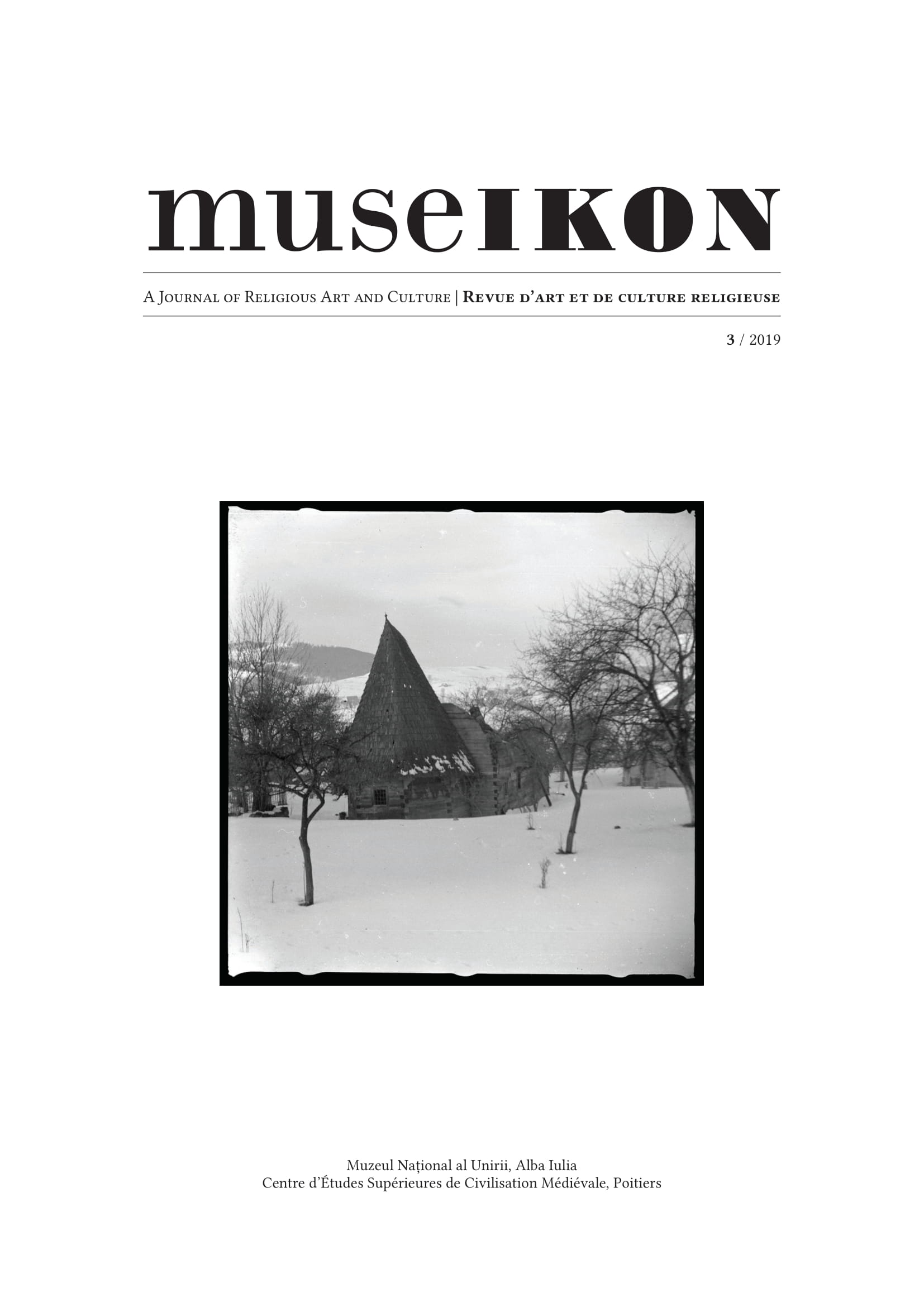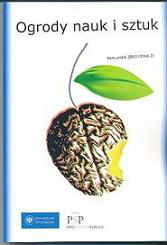
Wybrane aspekty twórczości Wandy Karczewskiej w perspektywie powieściopisarstwa Nathalie Sarraute
The aim of this essay is to discuss selected novels of Wanda Karczewska. The analysis includes only specific aspects of Karczewska’s writing, such as narrative techniques, and its major aim is to situate her literary works in the context of the New Novel, a French literary movement which had a significant influence on the development of modern prose, including the postmodern novel. The second, equally important, aim of this text is to present some of the virtues of Karczewska’s forgotten novels to a wider audience.
More...
